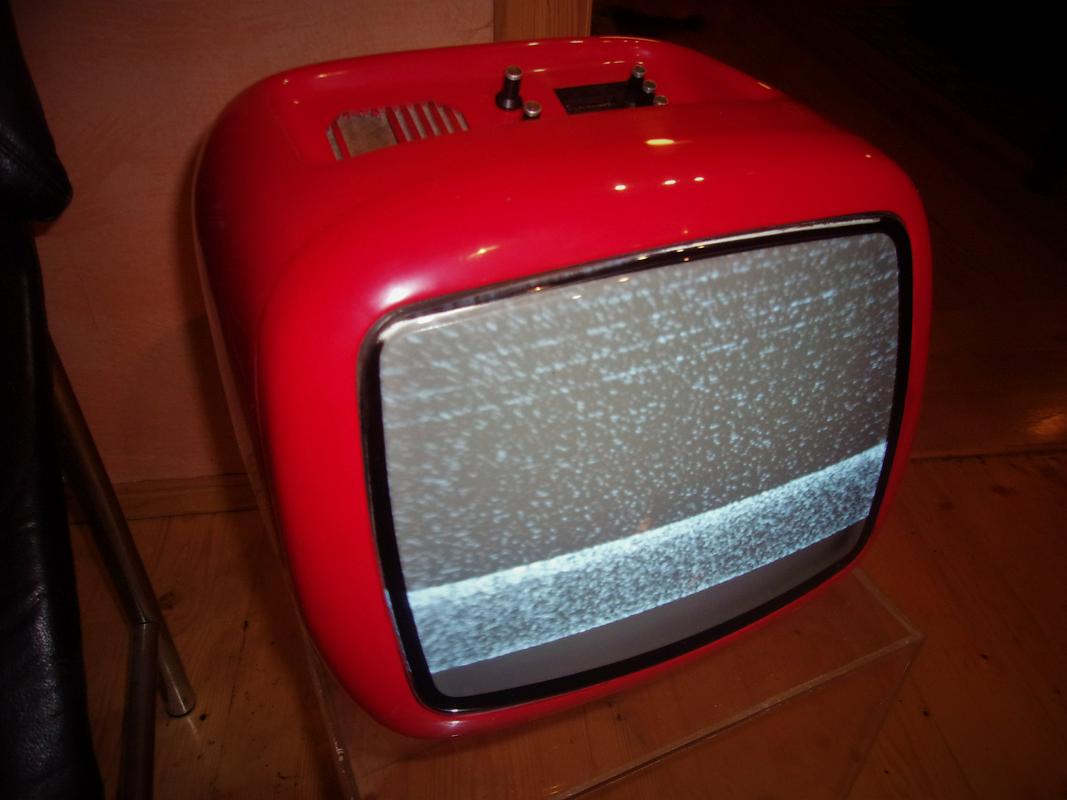
Even though Iskra, like all large corporations under Communist rule, was a state-run and insulated from the market, its forward-looking management decided to keep up with both western technology and design. As part of those efforts, the company asked an industrial designer named Boris Rozman to come up with a truly modern portable TV set.
Introduced in 1972, the sleek, modernist Minirana featured a plastic case with all rounded corners. It came in several colors -- blue, orange, red, yellow, and white --, and added a touch of color to the often-grey environment of the era. The design, combined with a competitive price, quickly made the Minirama a sensation throughout Yugoslavia.
The set was also a successful export. Some of the units were assembled in Algeria and sold as far as Iran. But for Yugoslavia, they became one of the best examples of homegrown industrial design. Their portability ensured that they became widespread in campgrounds and in summer homes. A Minirama was even installed in the ladies’ guest bedroom in Marshal Tito’s residence. One of the sets can now be found in the Museum of Yugoslav History in Belgrade.
The Minirama was not Iskra’s only design success. The factory also introduced the ETA telephone, which won a number of awards. But Iskra was never able to transform its innovative creations into long-term commercial success. The fall of communism and the introduction of market-based competition caused Iskra to collapse. The last Minirama set was manufactured in 1991 – but the timeless design of the Slovenian electronics giant lives on.

































































